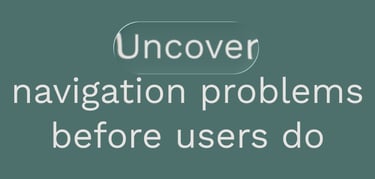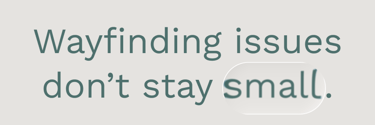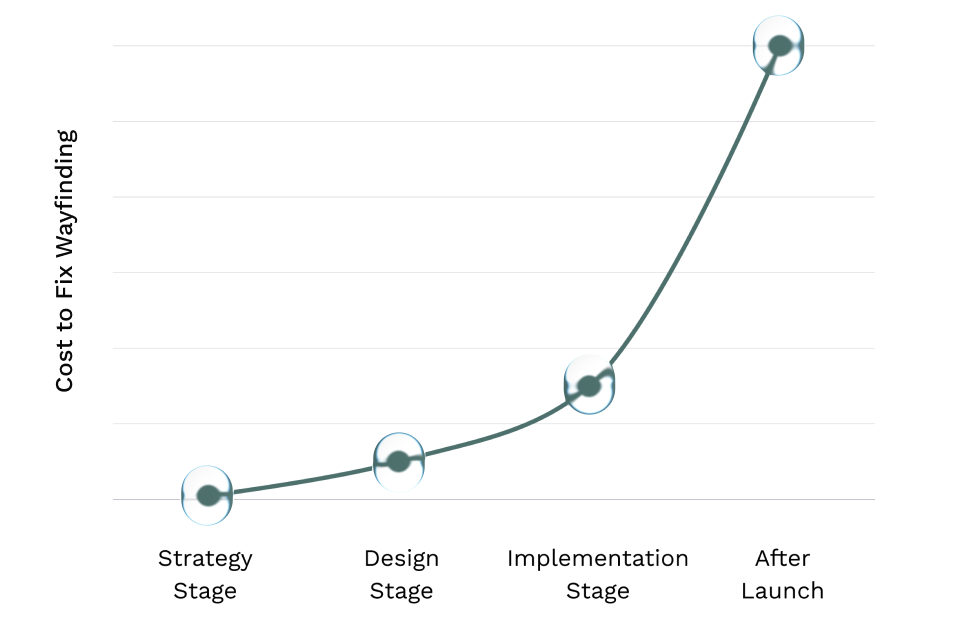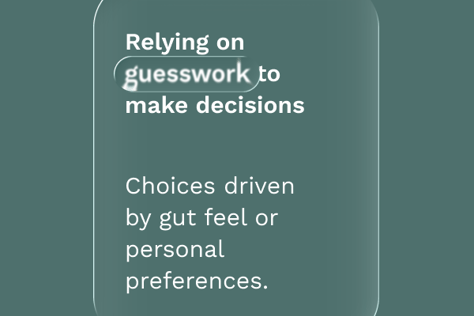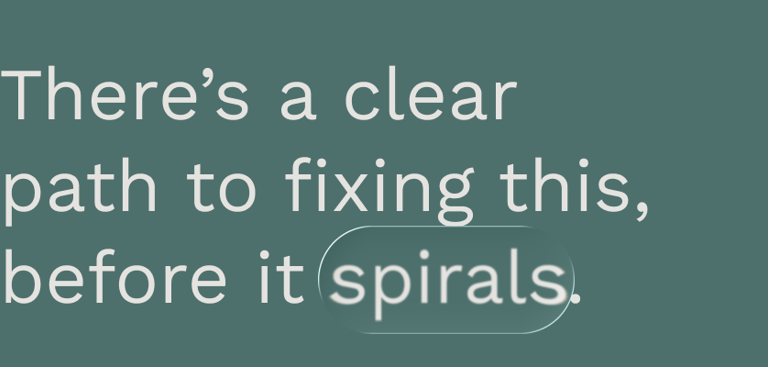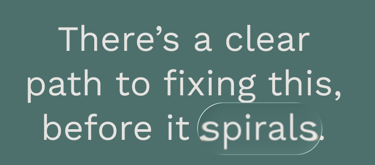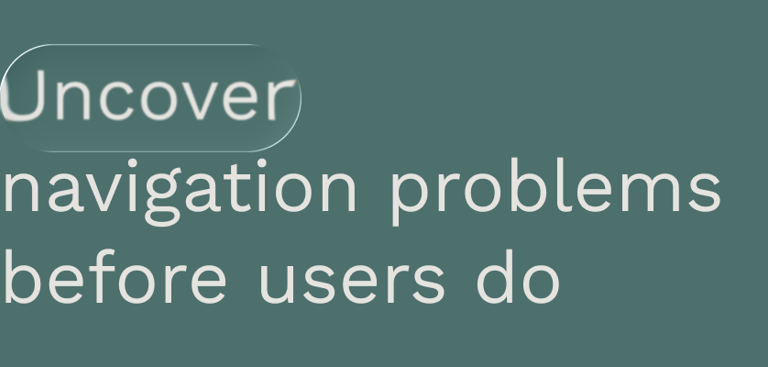

Is your project at risk?
Studio Lucidus audits developments and wayfinding proposals. Our aim is to help developers and government agencies resolve navigational challenges as early as possible, before they become costly. Studio Lucidus is a wayfinding consultancy that helps project teams take the guesswork out of wayfinding.
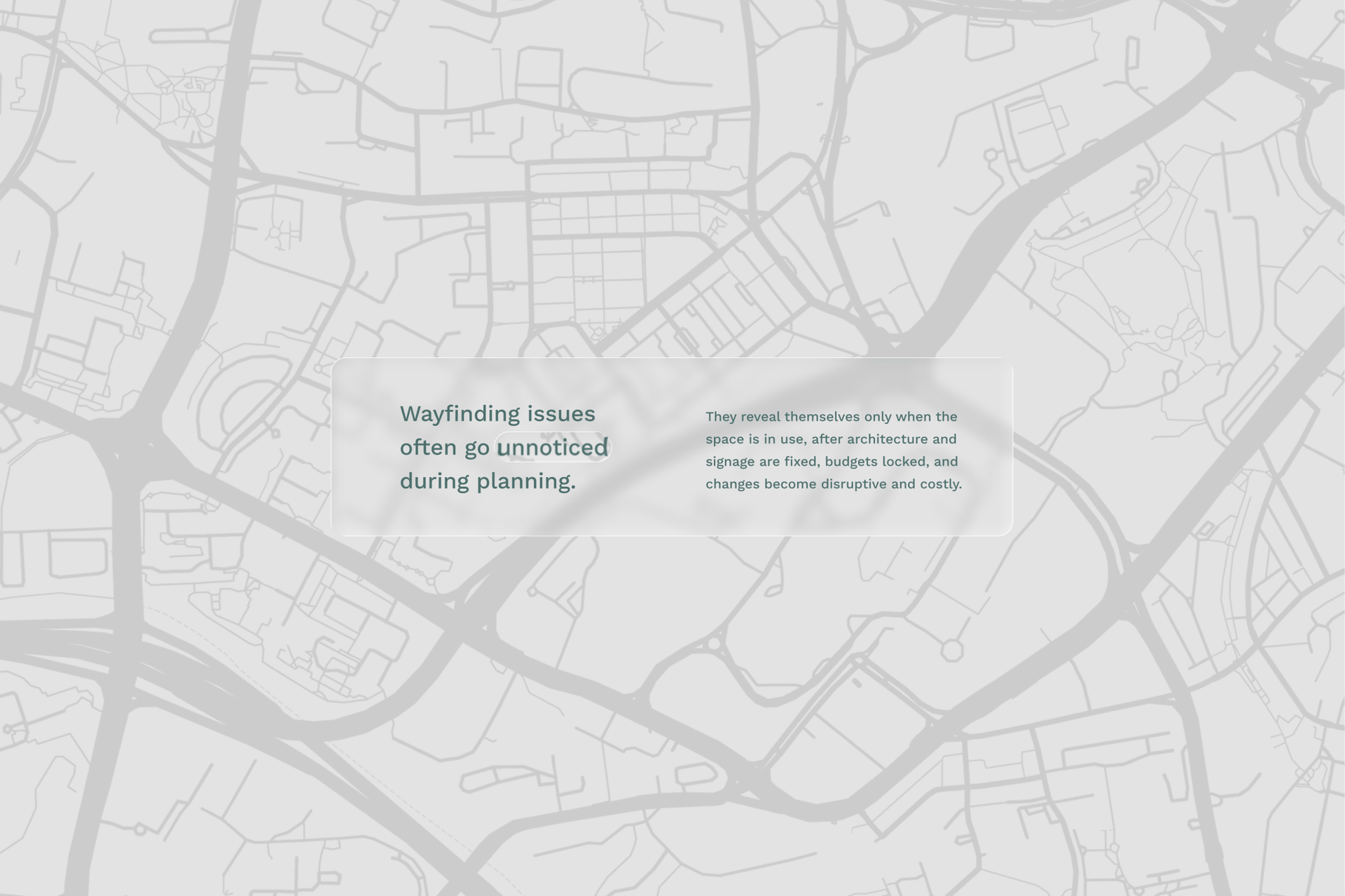
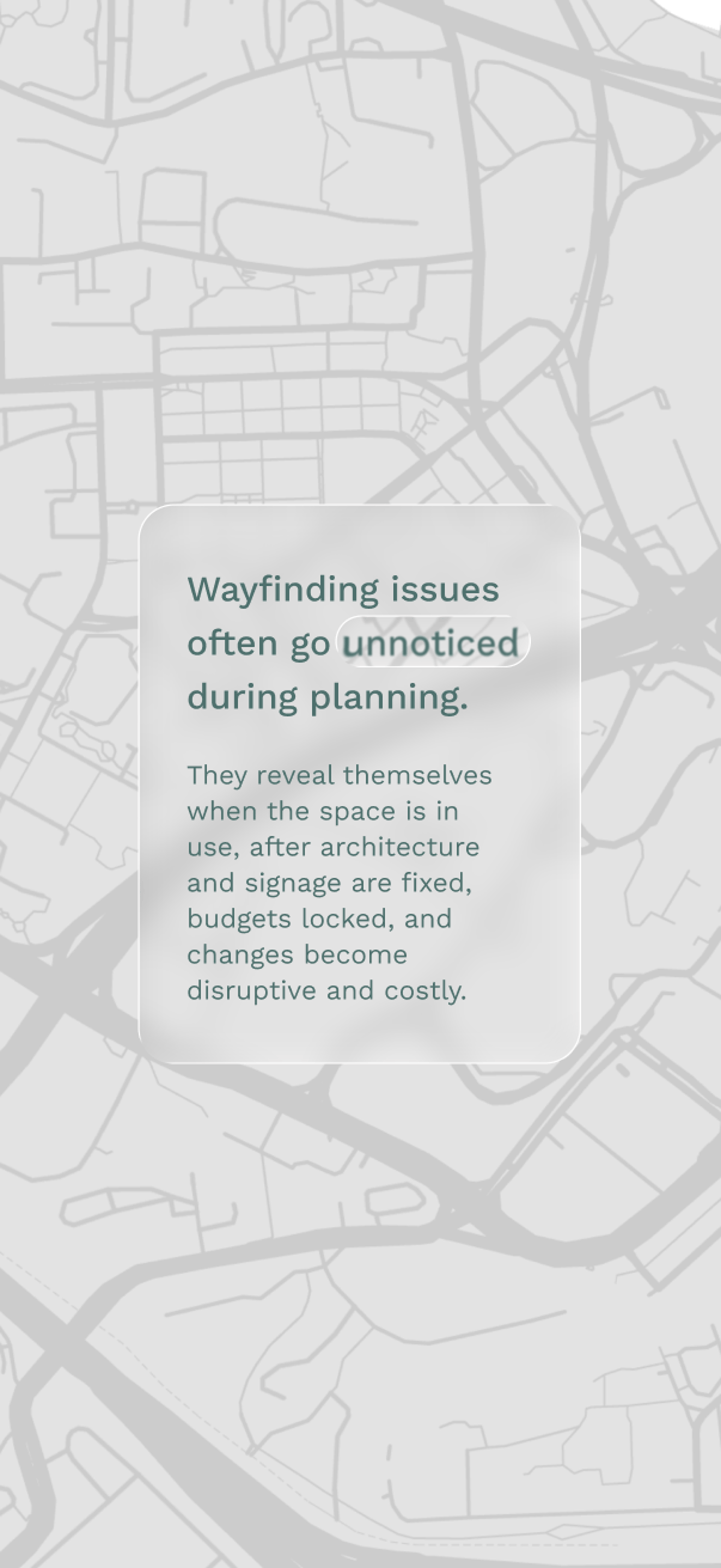
They grow quietly, until they become expensive.
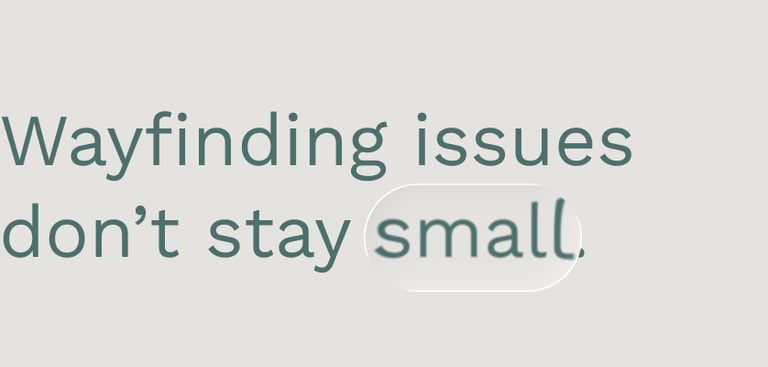

Wayfinding issues don't stay small.
Fix it early, or pay for it later.
Cost to fix wayfinding increases exponentially as the project progresses.
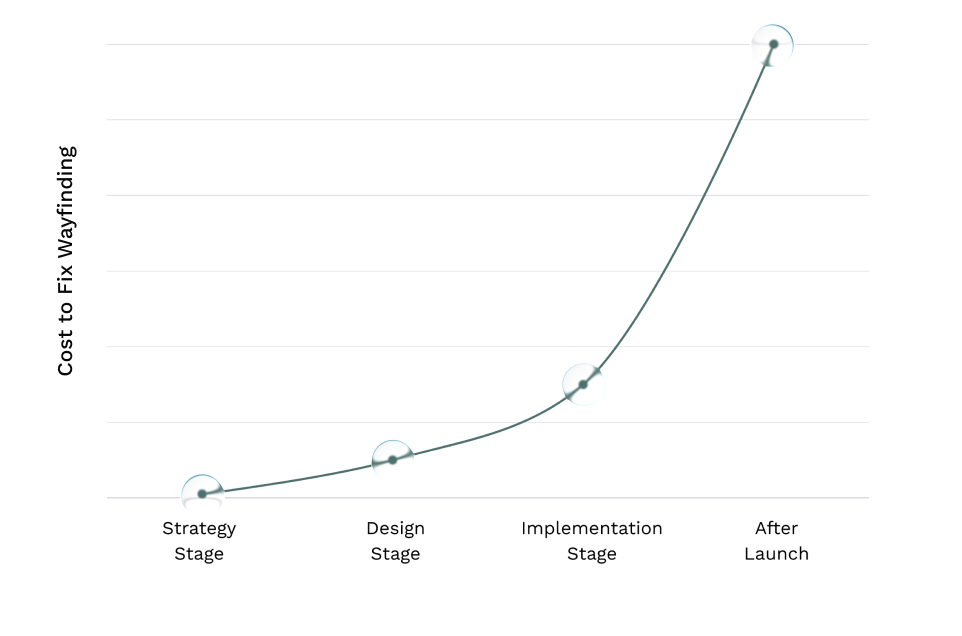

How wayfinding projects get into trouble

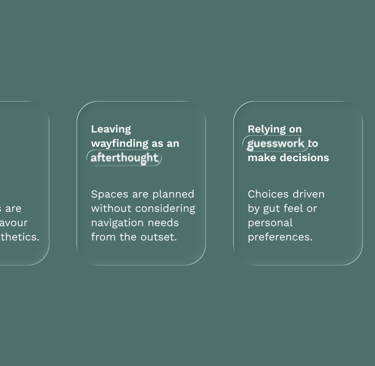
Leaving wayfinding as an afterthought
Spaces are planned without considering navigation needs from the outset.
Assuming wayfinding just means signage
Having signs in place doesn’t guarantee clarity or a usable system.00
Relying on guesswork to make decisions
Choices driven by gut feel or personal preferences instead of user flow or data.
Overlooking operational needs
Functional requirements are sidelined in favour of design aesthetics.
Trying to please every stakeholder
Every request is included, creating a cluttered, inconsistent system.


Ripple Effect of Poor Wayfinding Experience
We help teams avoid poor wayfinding experience, before it leads to costly consequences.
Poor wayfinding sets off a ripple effect that reaches far beyond navigation. Frustrated users are less likely to return, leading to low footfall and missed revenue opportunities. At the same time, staff experience operational strain as they’re pulled away from their roles just to give directions. Over time, the place develops a poor reputation, seen as confusing, stressful, or badly managed, which further drives down revenue. Eventually, the only fix is a costly system redesign, where signs are replaced, routes adjusted, and budgets stretched to undo problems that could have been prevented early on.
Ripple Effect of Poor Wayfinding Experience
We help teams avoid poor wayfinding experience before it leads to costly consequences.



